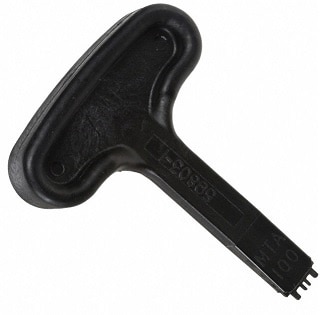I do lots of electronics design and building and inevitably need to make lots of cables. Since making cables is not my favorite activity, I try to use methods that are quick while still providing reliable connections. And of course I always need to keep the costs down.
This short post shows a couple of the main ways I accomplish these objectives.

Yodamonk, the cable guru.
Custom Cable Methods
Discussion
I haven't posted much content lately so I thought I would post something about making cables. This activity is not usually exciting enough to be a great blogging topic, but I also wanted to play around a bit with some AI media generation. (No AI text though) The tough Yodamonk dude came out amazing.
I am always looking for efficient ways to make useful cables, so if you have any interesting tips, please jot them down below...

